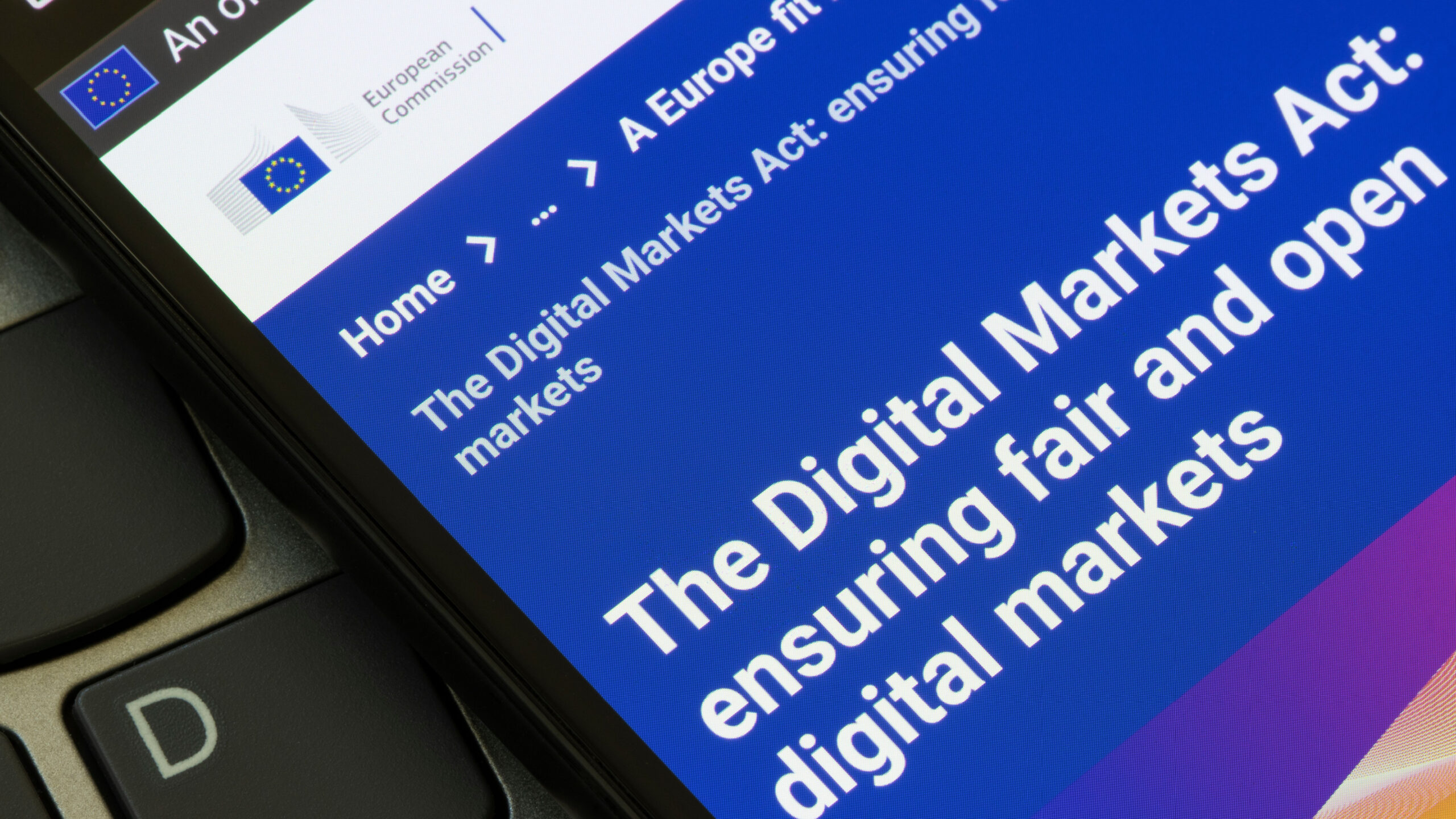Breaking Down the European Commission’s Misperceptions in Its Android Case
Now that the dust has cleared on the European Commission’s (EC) decision on Android, it is worth taking another look at how the EC has characterized Google’s misconduct. The press release accompanying the EC’s decision against Android states that “the Commission decision does not question the open source model or the Android operating system as such.” However, I share the view of University of Chicago Professor Randy Picker in believing that the result of the decision is the exact opposite. The EC’s unusual, and perhaps incorrect, characterizations of the facts do not end here. Indeed, many characterizations seem to have an incomplete or inaccurate understanding of Android’s open platform. I’ve highlighted some examples found in Commissioner Margrethe Vestager’s press conference below.
Before we get into fact-checking the EC’s portrayal of the facts, it would be helpful for some background in what open source software is and how that relates to Google’s business model.
Open Source
Software is written in a human readable programming language that is then converted, or compiled, into a machine readable language that can be executed by computers. Once compiled, it is very difficult to reverse engineer the original source code. Open source software is software that has its source code publicly available and has a public license that usually allows anyone to use, modify, study, and distribute the software. The terms of these public licenses vary from project to project, although some open source projects have adopted standardized licenses. The nature of open source software means that everyone can see how it works and adapt it to their own projects. Many public licenses require new additions to the code to also be made available to the public. The nature of open source software makes it popular for use in the backend infrastructure of many technology companies. Open software like Apache and MySQL runs much of the Internet, as companies can modify it to suit their specific needs.
This is different than proprietary software, whose source code is usually kept as a trade secret and is protected in other ways like through license agreements and copyright protection. Outside engineers don’t know how this software is coded and can’t modify it. Proprietary software can have other limitations, like being locked in to specific hardware. For example, you can’t run the Playstation operating system on an Xbox or Apple’s High Sierra on a PC.
Google’s Android Business Model
Google purchased Android in 2005 for over $50 million and has since invested heavily in the platform, which remains open. Google regularly releases new versions and publishes the updated source code. The open nature of Android’s development may seem unusual. Unlike closed platforms, companies can build competing platforms out of Google’s investment.
Google monetizes Android through separate proprietary apps and services, like Google Search, Play Store, and Chrome. While this monetization strategy appears to be wildly successful, even just three years ago Android’s ability to materialize profit for Google was called into question. Indeed, in my last piece I pointed out that despite Android’s success, Apple still earns a far greater return on their closed iOS ecosystem. Regardless, Android is still by far the most successful consumer-facing open source project to date.
What the European Commission Gets Wrong
In announcing the Android decision, Commissioner Margrethe Vestager makes several misstatements about the platform.
- Misstatement 1 [at 5:53]: The “Android source code only covers basic functions on mobile devices.”
The published source code is a complete operating system. It does not contain any Google apps, which are proprietary and not open source. An operating system is what is needed to run a device and the apps run on top of the operating system. Operating systems are notoriously hard to build. While there have been millions of apps created, only a handful of successful operating systems have made it to market.
- Misstatement 2 [at 6:26]: Manufacturers that want to install Google apps agree “not to modify the Android source code without Google’s consent.”
There is no consent agreement and manufacturers regularly modify Android by adding their own user interfaces and functionality, like Samsung’s TouchWiz and competing personal assistant Bixby. Several manufacturers, like Samsung, also preinstall their own suite of core apps.
- Misstatement 3 [at 8:03]: “[I]t’s not possible for users to download the Play Store themselves.”
Google doesn’t officially support users installing the Play Store on their own. But users still can install it themselves using a process called side loading. This process requires a few more steps, but it is possible for the typical consumer. Indeed, the most popular video game in the world, Fortnite, will skip the Play Store entirely and invite users to side load the Android version of their game.
- Misstatement 4 [at 10:43]: Google “prevents device manufacturers from using any alternative version of Android that was not approved by Google. If manufacturers produced even a single device based on an Android fork, they lose the right to sell any device with Google Play Store or the Google Search App.”
Manufacturers can modify Android as long as the resulting operating system remains compatible. Google provides both the Android Compatibility Definition Document (CDD) and the Compatibility Test Suite for free to help manufacturers maintain this compatibility. This statement and the above are mischaracterizations of Google’s anti-forking agreements, which ensure that third-party apps can run on all Android devices.
- Misstatement 5 [throughout]: Various statements about preinstallation, e.g. — “Preinstallation is an advantage that cannot be matched in any way.” “They make sure that Google Search engine is preinstalled on practically all Android devices, which is an advantage that cannot be matched.” “When it comes to these very essential apps … like search, like the browser, it is very, very rare that it happens that users do download a competing app.”
These statements are misleading in a couple different ways. First, manufacturers can preinstall rival apps and rival search engines and place them in prominent locations. Developers can and do make agreements with manufacturers to promote their apps in this manner.
Second, preinstallation is not an advantage that can’t be overcome. App Annie data shows, Google accounts for 99% of search app downloads on iOS in the UK, France, and Germany. Other popular services like Facebook, Amazon, Skype, and Snapchat thrive without needing preinstallation. Many of these services compete with apps in Google’s suite. Indeed, in the same briefing Commissioner Vestager says that “the possibility to download other apps via the Google Play Store” is a “key feature” of Android. Android users installed 82 billion apps from Google Play alone last year, and many of these apps compete with those preloaded on devices. Comparisons to the use of Bing on Windows Phones are also misplaced. As The Guardian noted: “Almost all Windows Phone 8.1 devices limit users to using Microsoft’s less than desirable search engine, Bing. Unfortunately there’s no way to change your default search engine to popular alternatives.”
These statements on preinstallation suggest that the EC may be putting itself in the position of either designing a phone’s user experience, or designing the business model, and isn’t going to do either well.








